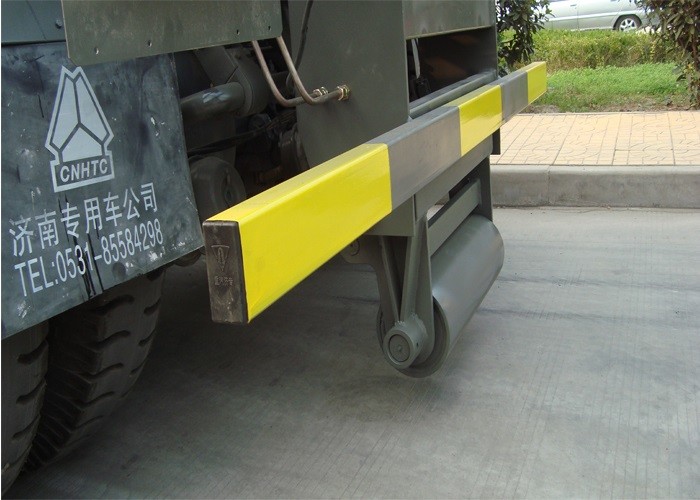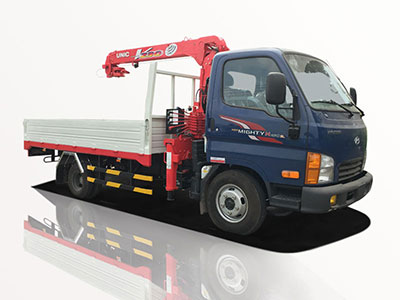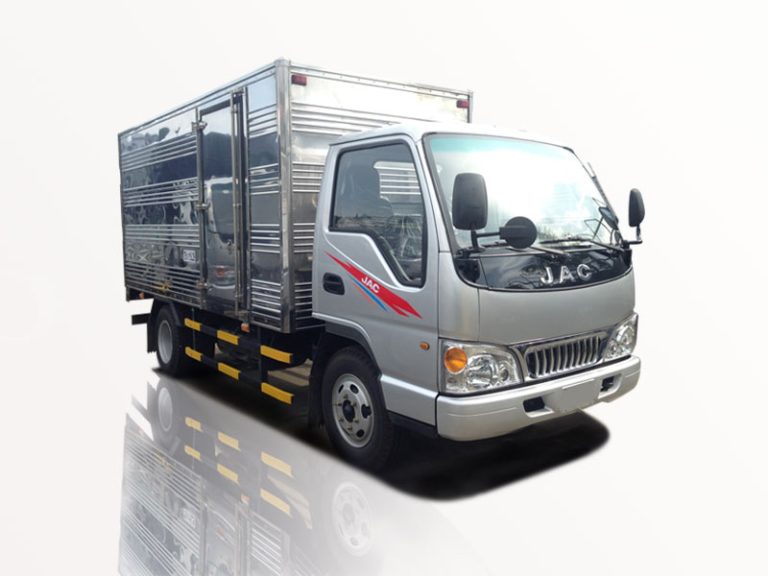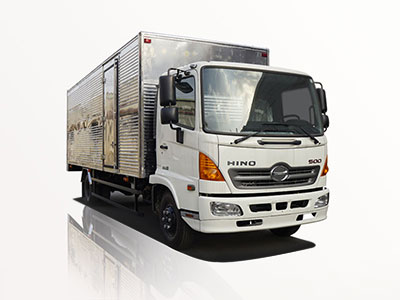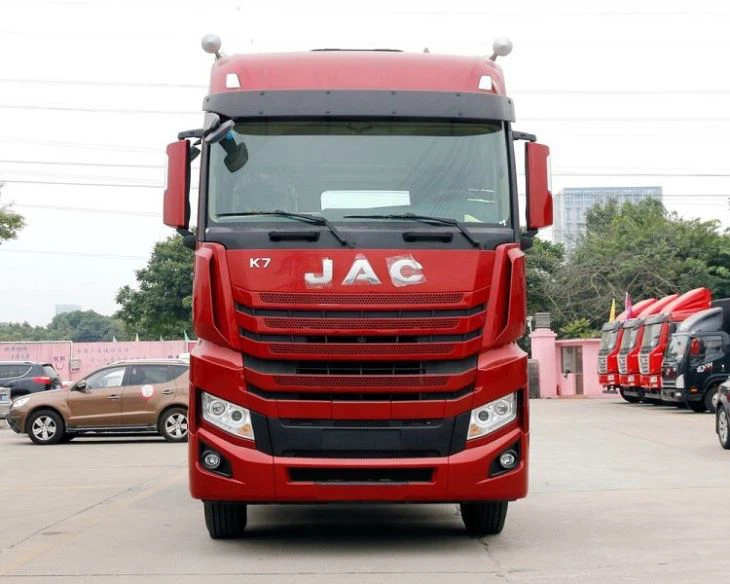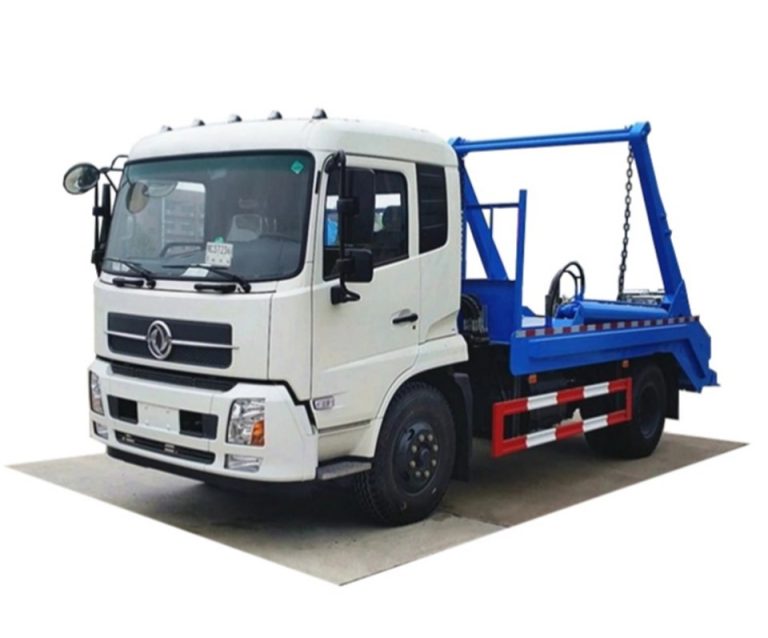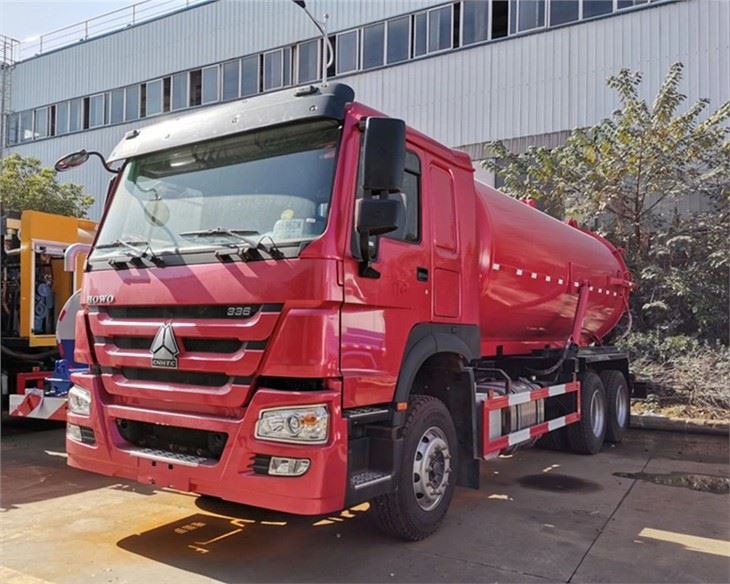Introduction to Grappler Trucks
A grappler truck is a specialized vehicle designed for the efficient collection and transport of bulky waste materials, including tree limbs, construction debris, and other oversized waste items. Equipped with a hydraulic arm that can grasp and lift heavy objects, grappler trucks are essential for municipal waste management and landscaping companies. This article will delve into the various aspects of grappler trucks, including their features, benefits, applications, and operational tips. By the end, you’ll have a thorough understanding of what grappler trucks are and how they serve a crucial role in waste management.
What Makes a Grappler Truck Unique?
Grappler trucks are distinct from standard garbage trucks due to their specialized capabilities. Here are some characteristics that set them apart:
Hydraulic Grappling Arm
The defining feature of a grappler truck is its hydraulic arm equipped with a grappling claw. This allows the truck to pick up and transport heavy loads with minimal physical labor.
Enhanced Payload Capacity
Grappler trucks are designed to handle heavier and bulkier materials than standard refuse trucks, making them ideal for construction sites and landscaping projects.
Versatile Usage
These trucks can be used in a variety of settings, from municipal waste collection to private landscaping firms, showcasing their versatility and practicality.
The Anatomy of a Grappler Truck
Understanding the anatomy of a grappler truck can help clarify how they operate effectively in waste management. The main components include:
Chassis
The chassis of a grappler truck is the vehicle frame that supports various components. Most grappler trucks have robust chassis designed for heavy loads.
Hydraulic System
The hydraulic system powers the grappling arm, allowing it to lift and maneuver heavy objects. Proper maintenance of hydraulic systems is crucial for optimal operation.
Container or Bed
The truck’s container, often designed for bulk loading, is where waste materials are stored before transport. Some grappler trucks have retractable or adjustable containers to accommodate varying loads.
Passenger Cabin
The cabin is where the driver operates the truck, equipped with controls for the hydraulic system and, in many cases, advanced safety features.
Benefits of Using Grappler Trucks
Utilizing grappler trucks can provide numerous advantages for businesses and municipalities. Here are some key benefits:
Efficient Waste Collection
The hydraulic arm allows for rapid collection of items that would typically require several workers, saving time and labor costs.
Improved Safety
Grappler trucks minimize manual labor, reducing the risk of workplace injuries associated with lifting and moving heavy materials.
Cost-Effectiveness
While the initial investment in a grappler truck may be significant, the long-term operational efficiencies and labor savings can lead to overall cost reductions.
Environmental Benefits
By efficiently removing waste, grappler trucks contribute to cleaner neighborhoods and can support recycling efforts by easily segregating different types of waste.
Applications of Grappler Trucks
Grappler trucks have a wide range of applications across various industries:
Municipal Waste Management
Local governments use grappler trucks for curbside bulk waste collection, ensuring that larger items like furniture and appliances are collected properly.
Landscaping and Tree Services
Landscaping companies utilize grappler trucks for transporting tree limbs and other organic waste, making it easier to manage large removal projects.
Construction and Demolition
In the construction industry, grappler trucks are essential for moving heavy debris from job sites. They can quickly remove scrap materials, contributing to site safety and efficiency.
Operational Tips for Grappler Trucks
To ensure the smooth operation of a grappler truck, consider the following tips:
Regular Maintenance
Routine checks should include hydraulic fluid levels, tire conditions, and the functionality of the grappling arm. Maintaining your truck can prevent costly breakdowns.
Proper Operator Training
Training operators on best practices for using the hydraulic system and handling loads safely is critical for preventing accidents and maximizing productivity.
Load Management
Understanding the truck’s payload capacity is important. Overloading can lead to mechanical failure and increased wear and tear on the vehicle.
Communicate with Ground Crew
Effective communication between the driver and ground crew improves safety and efficiency during waste collection operations.
Choosing the Right Grappler Truck
When selecting a grappler truck, consider the following factors:
Size and Capacity
Choose a truck size that aligns with your operational needs. Consider the volume and type of waste you’ll be handling.
Hydraulic System Power
Assess the specifications of the hydraulic system, including lift capacity and arm reach, to ensure it meets your job requirements.
Fuel Efficiency
Consider purchasing models designed for fuel efficiency to reduce operational costs over time.
Brand Reputation
Investigate reputable manufacturers known for quality and durability. Reading reviews from other operators can provide insights into the truck’s performance.
Cost Considerations for Grappler Trucks
The cost of grappler trucks varies widely based on several factors:
Purchase Price
New grappler trucks can range from $50,000 to over $150,000 depending on size and features. Used trucks offer more affordable options but may come with potential maintenance costs.
Maintenance Costs
Regular maintenance and potential repairs should be budgeted to avoid unexpected expenses. The complexity of hydraulic systems can contribute to higher repair costs.
Operating Expenses
Fuel consumption and insurance are ongoing costs that should be considered when budgeting for a grappler truck.
Future Trends in Grappler Trucks
As technology advances, the design and functionality of grappler trucks are evolving:
Electric Grappler Trucks
The development of electric grappler trucks aims to reduce carbon footprints and fuel costs, aligning with broader environmental initiatives.
Automation
Future grappler trucks may incorporate automated features that enhance operation speed and safety, optimizing waste management processes.
Telematics Integration
The integration of telematics systems allows fleet managers to monitor vehicle performance in real-time, improving maintenance scheduling and route optimization.
Frequently Asked Questions (FAQs)
What types of waste can grappler trucks collect?
Grappler trucks can collect a variety of bulky waste items, including tree debris, household furniture, construction materials, and large appliances.
How do grappler trucks differ from standard garbage trucks?
Grappler trucks are equipped with a hydraulic grappling arm that enables them to handle larger and heavier loads compared to standard garbage trucks.
Is it necessary to have specialized training to operate a grappler truck?
Yes, specialized training is crucial for safe and effective operation, particularly for managing the hydraulic system and understanding load limits.
What maintenance is required for grappler trucks?
Regular maintenance tasks include checking hydraulic fluid levels, inspecting tires, and ensuring the grappling arm functions properly.
Can grappler trucks be used for recycling?
Yes, grappler trucks can be used in recycling operations by efficiently collecting and transporting recyclable materials that don’t fit into standard collection bins.
What should I consider when purchasing a grappler truck?
Consider factors such as size, payload capacity, hydraulic power, fuel efficiency, and brand reputation when choosing a grappler truck for your needs.
